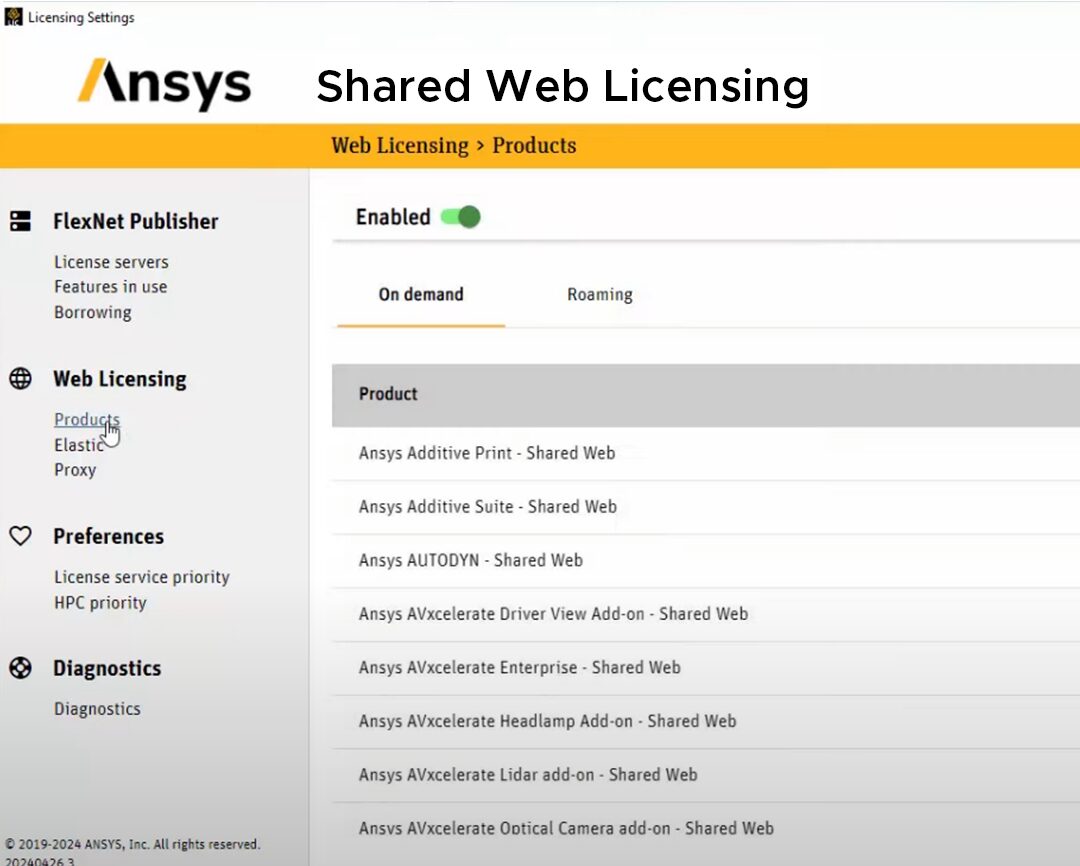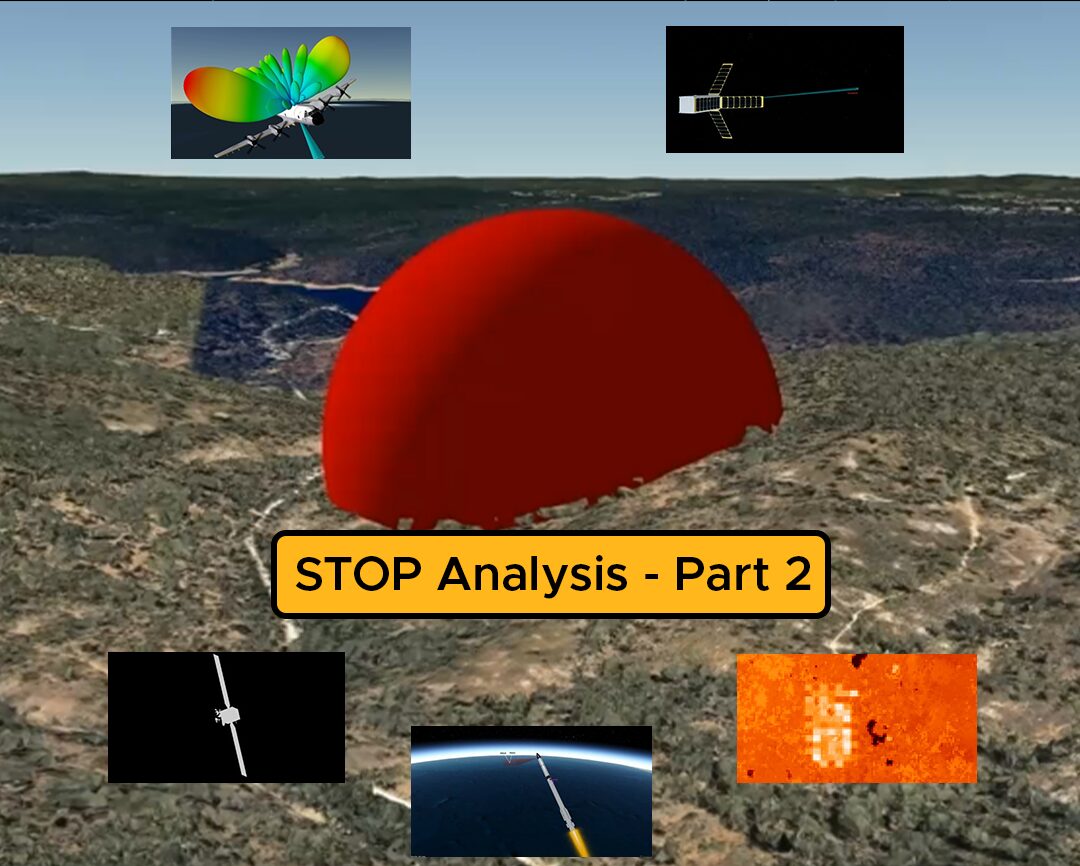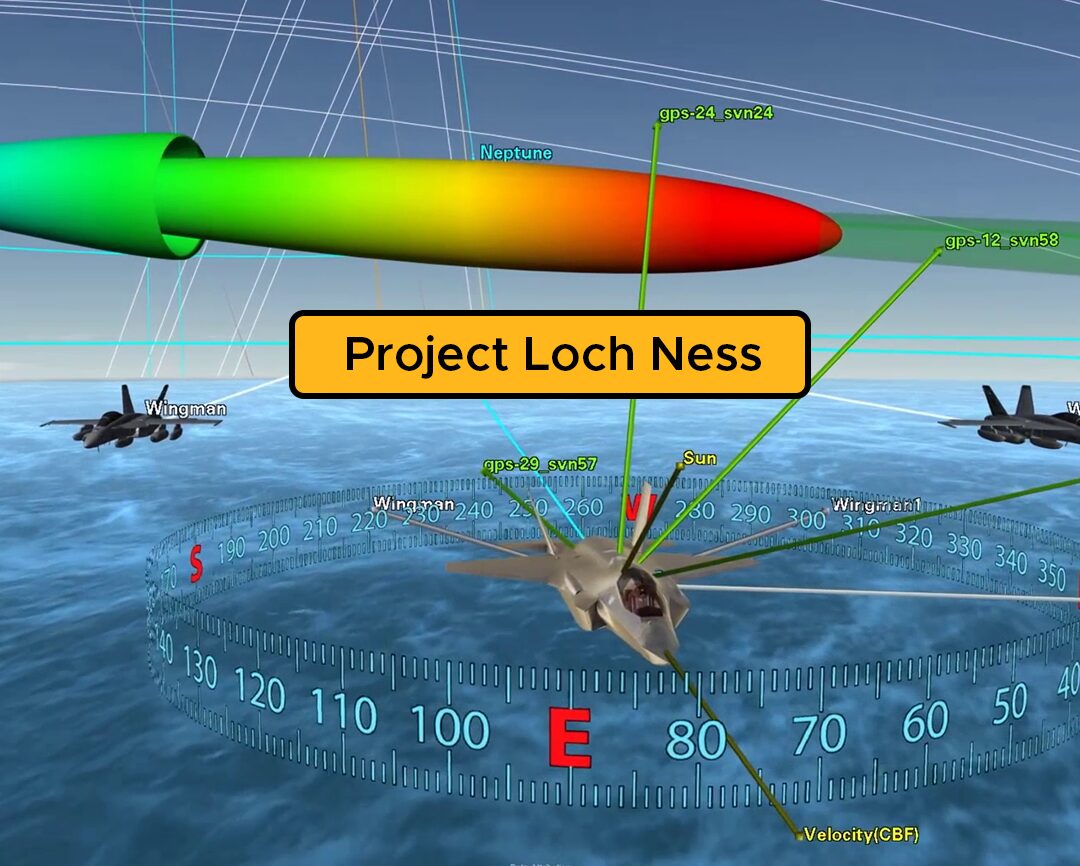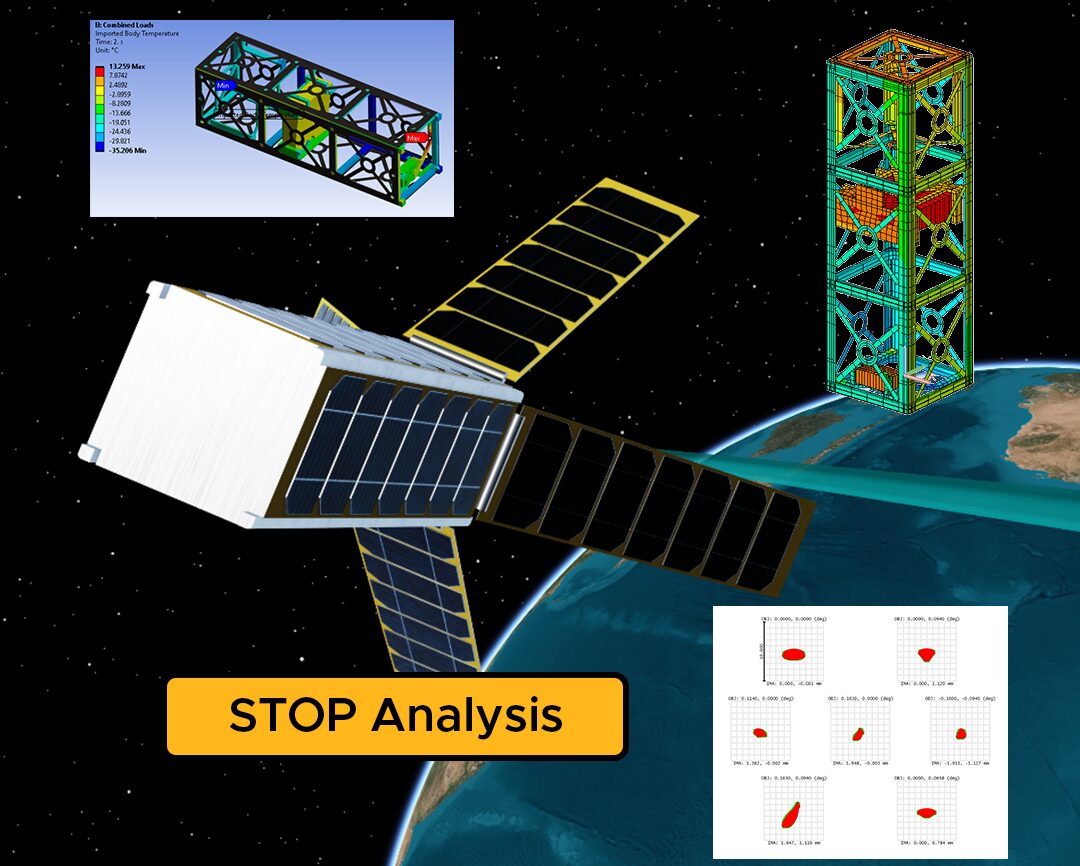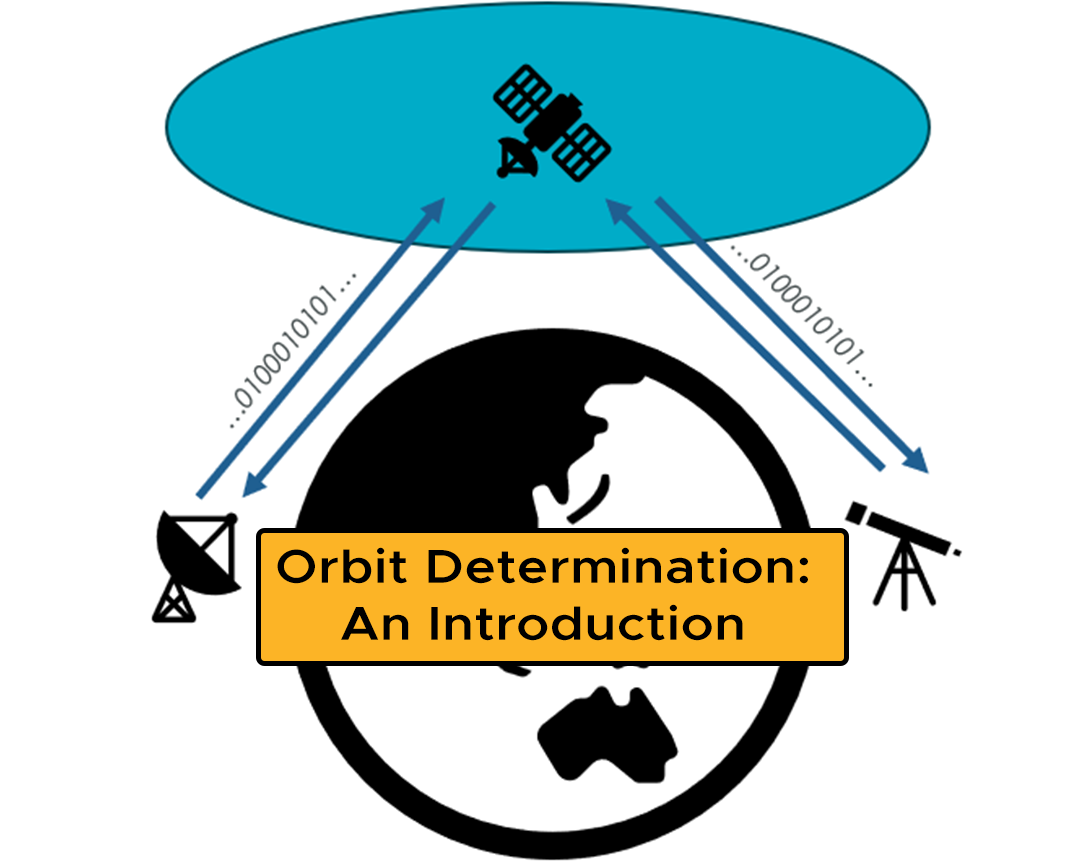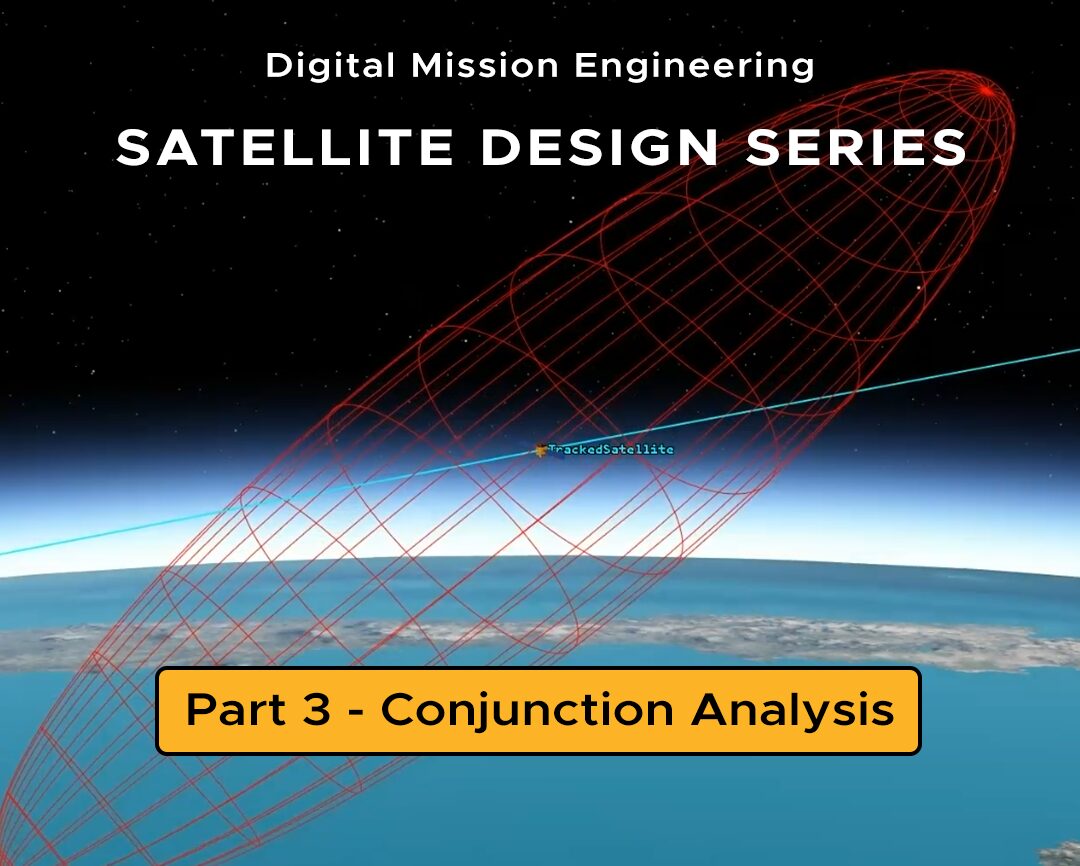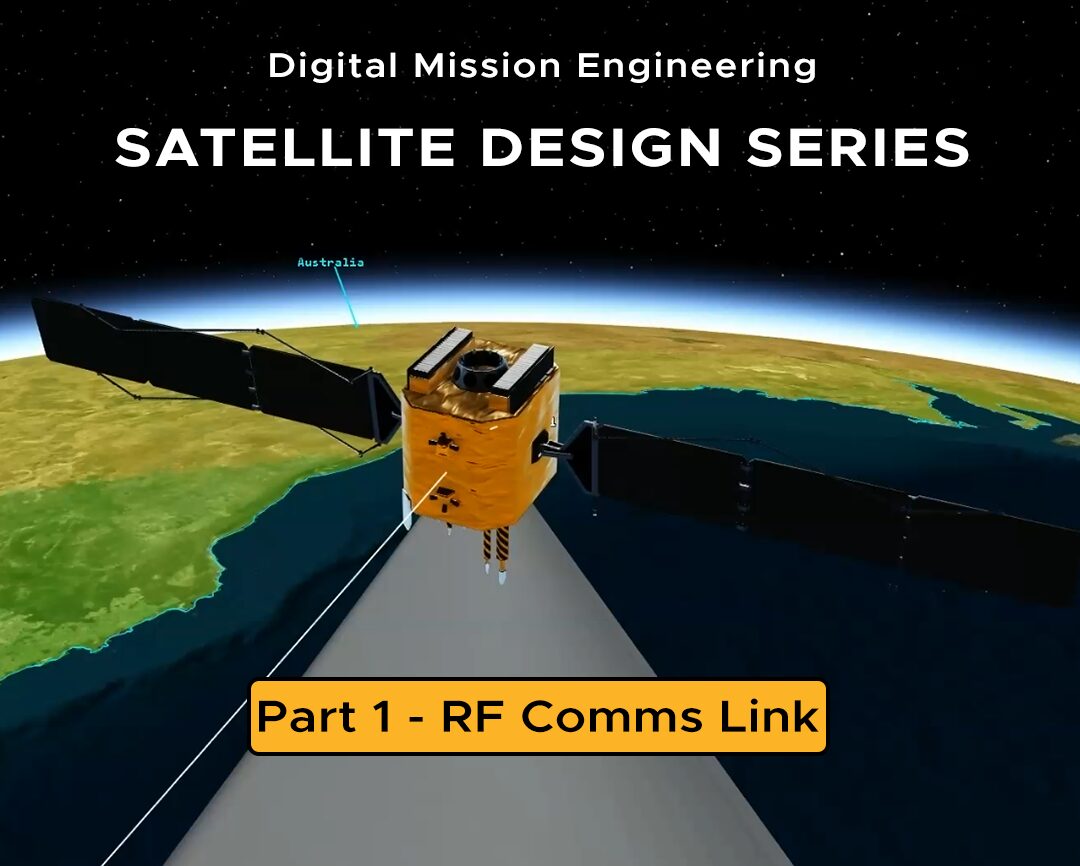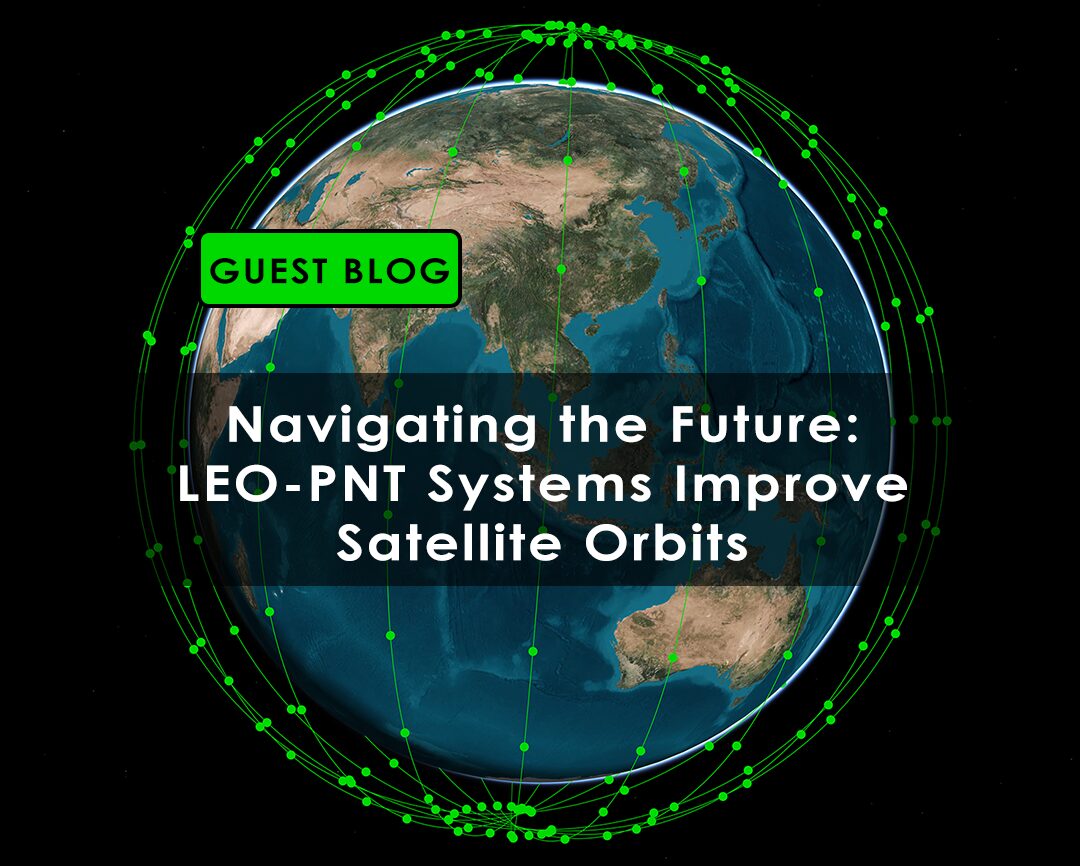
LEAP at the Avalon Australian International Airshow 2025
The LEAP team had a fantastic week at the 2025 Avalon Australian International Airshow representing our partners PTC and Ansys and showcasing impressive innovations alongside Integra Systems, Monash HPR and RMIT University. Read our recap and see some of the technology on display during the show.


